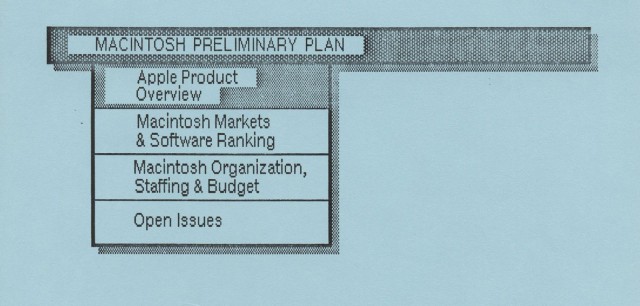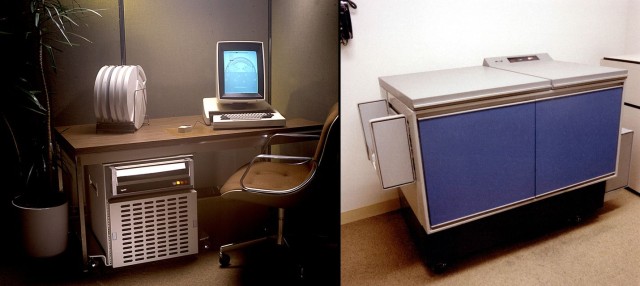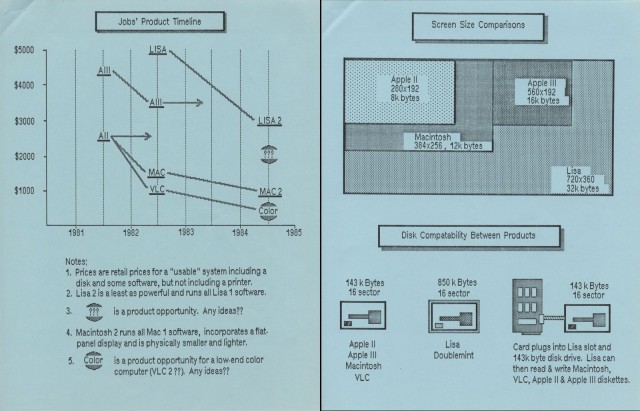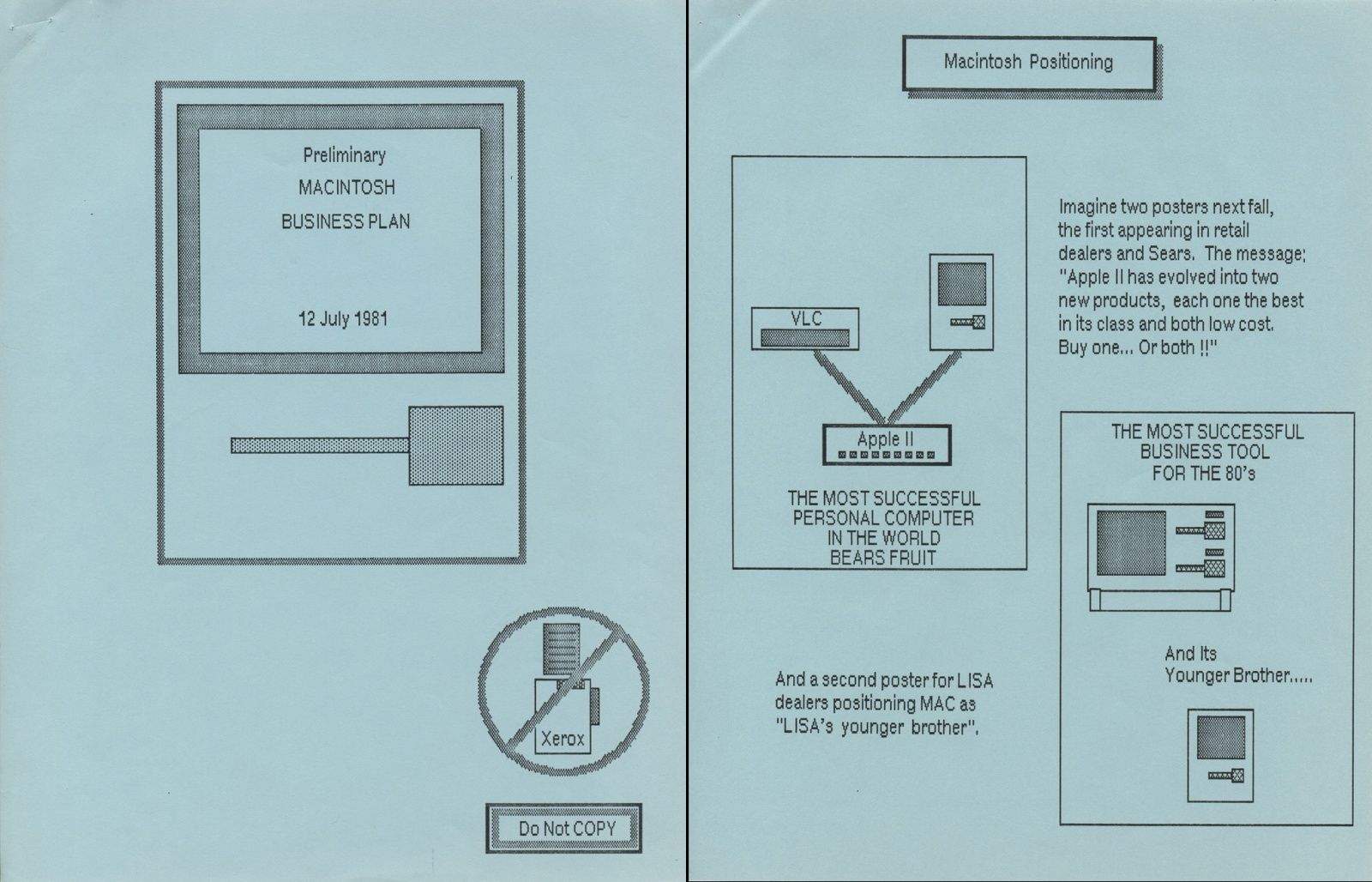On Friday, January 24, 2014, the Mac turns 30 years old. As we look back on three decades of Macintosh, there are some stories that have largely avoided the light of day for some time. One of these tales involves the production of the Macintosh Business Plan back in the early 1980s.
The tale was told by Mac design team member Joanna Hoffman to Bruce Damer, curator of the Digibarn Computer Museum. In 1981 Apple was beginning development on their new product lines, Lisa and Macintosh, and Hoffman was helping develop the business plan. She presented multiple drafts for Steve Jobs to review, but Jobs repeatedly kept sending her the plan back saying he didn’t like it.
After a few rounds of this Hoffman realized that it was not the contents of the business plan that Jobs objected to but rather the appearance of the document itself. What he was reviewing looked just like every other business plan, nothing special. Jobs wanted the pages of the Mac business plan to look like the screen of the computer they were creating – WYSIWYG graphics, fonts, and pages with menus and submenus for section headings. The problem with this request was that Apple did not yet make any computers or printers which could produce the document Jobs desired.

However Hoffman knew there was one place which could: the nearby Xerox Palo Alto Research Center (PARC), using a Xerox Alto computer and a Xerox Dover laser printer.
She had a friend who worked at PARC. A plan was hatched. For several nights between the hours of 2AM to 6AM – stealthily avoiding the prying eyes of Xerox security – Hoffman used an Alto computer inside her friend’s office. Using the Alto’s groundbreaking Graphical User Interface (GUI) – developed in 1973! – and its ability to produce WYSIWYG graphics, she soon produced a document which had the look and feel of the computers they sought to produce: pulldown menus, different fonts, graphs, charts and even some cartoons mixed in.
Once formatted, copies of the business plan were printed over the network to a Dover laser printer kept in the PARC basement; Ethernet was another new Xerox technology at that time. For several days after finishing up edits, Hoffman reset the Alto then hustled down to the basement at the crack of dawn to grab her printouts before security arrived. She then returned to Apple and handed out copies for the day’s meeting. Finally, Jobs approved of the results.

We’re not sure if Joanna actually got any sleep during those days…
Of course, the Alto did not store data on easily transportable floppy disks or USB flash drives. Files were kept on a large, heavy multi-disk platters. Hoffman tucked the one she was using onto the back of a shelf above the Alto, but was nervous that someone at PARC might need another disk during the day and erase (or worse – discover) her document before the effort was finished!
Damer, who was a software developer working with Xerox and PARC later in the 80s, writes on his website “there is great irony here. One part of this irony is that to create a vision for the world’s insanely great system that would bring forth the use of graphical user interfaces, the mouse, and more, to the masses, the Xerox Alto (which had all these things for eight years before) was used to craft that business plan.”
He continues, “another irony is that on the cover of this business plan Joanna created the graphical symbol Do Not Copy showing a “No Xerox” icon probably representing a copier. This could be taken in a one of several meanings beyond the normal dictum controlling copies of a sensitive business plan. i.e. “let’s beat Xerox at their own game”, or “don’t emulate Xerox, do something different” or “lets put Xerox out of the game”.

It worked! Thirty years later, Apple is still selling the Macintosh and Xerox exited the computer business long ago.
Source: Digibarn Computer Museum


